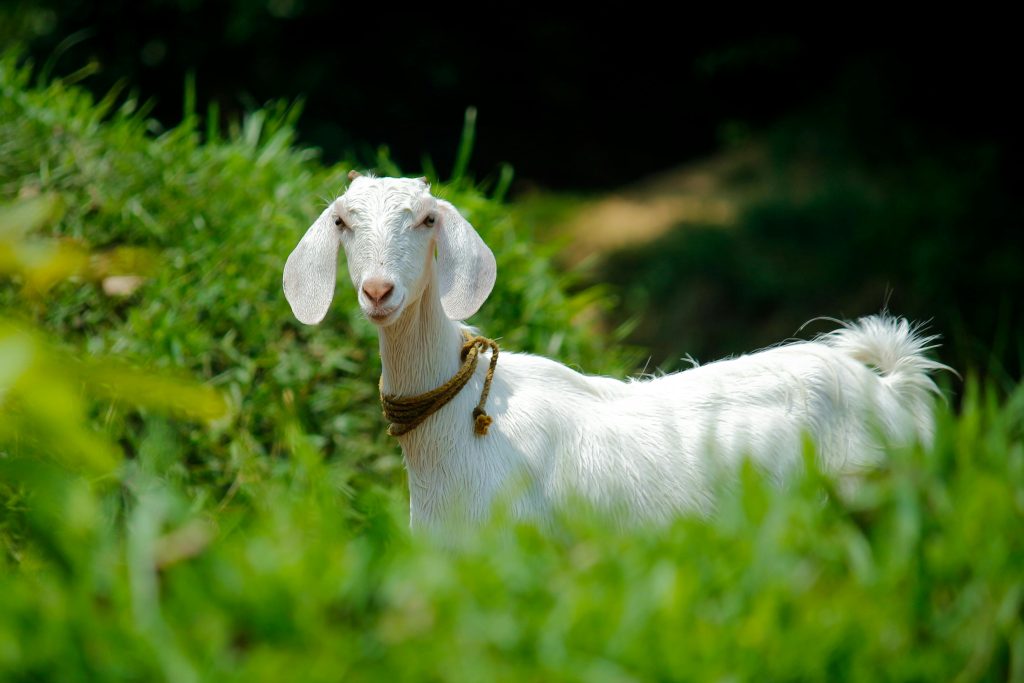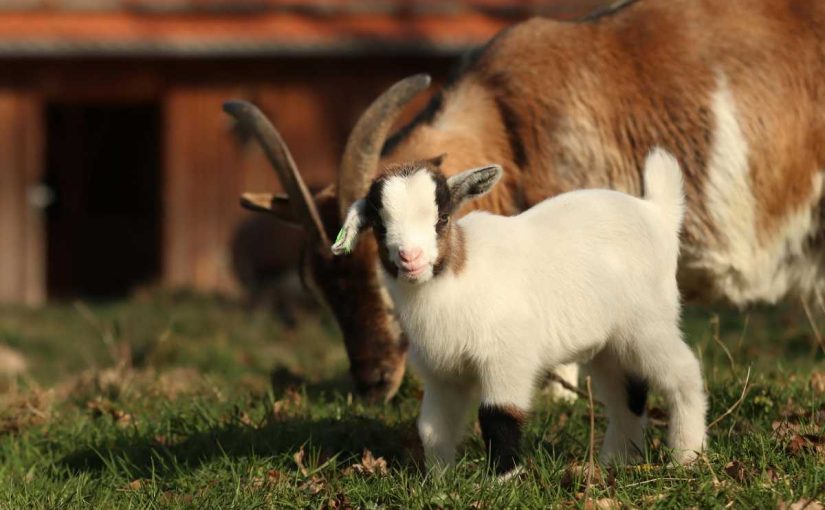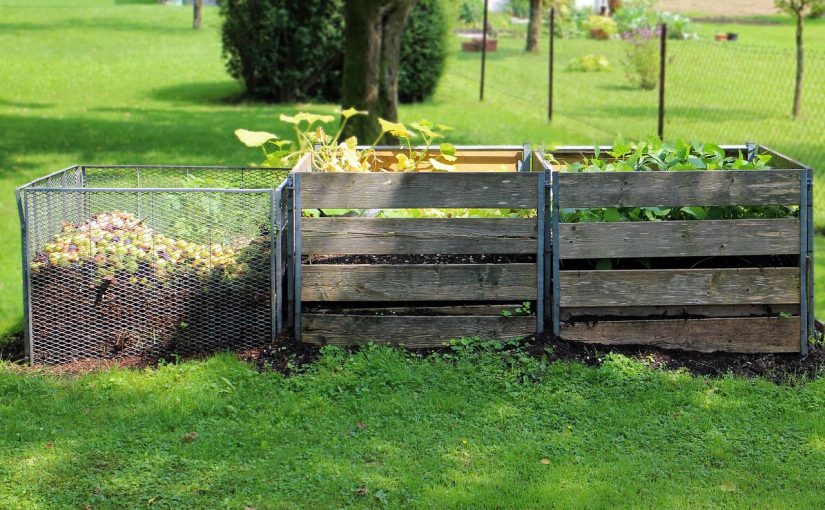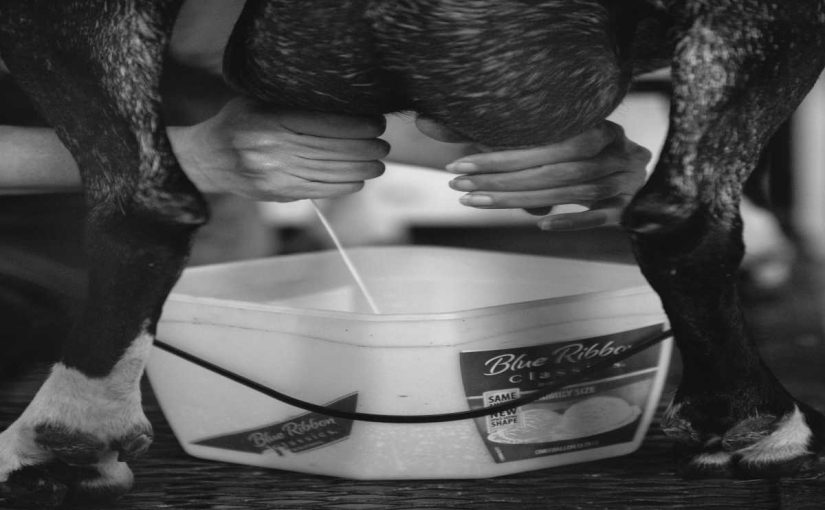In recent years, goats have become an essential tool in sustainable land management and habitat restoration. Known for their voracious appetites and adaptability, goats are used to control invasive plants, reduce fire risk, and restore ecosystems in a natural, eco-friendly way. More than just adorable grazers, goats bring unique qualities that make them invaluable in efforts to restore native habitats and improve land health.
This guide will explore why goats are ideal for habitat restoration, the benefits they bring, and how to implement a goat-based restoration plan for your land. Whether you’re managing a small property or overseeing a large conservation project, using goats can be a sustainable solution that aligns with nature’s own processes.
1. Why Goats Are Ideal for Habitat Restoration
Goats are naturally inclined to browse on a variety of plants, including many invasive species that threaten local ecosystems. Unlike other grazers, goats can eat a wide range of vegetation, including shrubs, grasses, and woody plants, making them perfect for tackling dense, overgrown landscapes. Their agility and hardy nature also allow them to thrive in difficult terrains, such as rocky hills and steep slopes.
Key Benefits of Using Goats for Restoration:
- Adaptability: Goats can graze in diverse environments, from arid landscapes to woodlands, making them suitable for various restoration projects.
- Diet Flexibility: Goats prefer browsing shrubs and weeds, which means they target invasive species while often leaving native plants intact.
- Low Environmental Impact: Unlike machinery, goats cause minimal disturbance to the soil, reducing erosion and preserving natural soil structure.
Why It Matters:
Using goats allows land managers to restore habitats in a natural way, without the need for chemicals or heavy machinery, which can disrupt soil and harm surrounding ecosystems.
2. The Environmental Benefits of Using Goats for Land Clearing
Goats provide a sustainable alternative to chemical herbicides and mechanical clearing methods, which can harm the environment. When goats graze on invasive plants, they help reduce competition for native flora, giving these species a chance to recover and flourish. Goats are also effective in controlling underbrush, which can reduce fire risk in fire-prone areas.
Specific Benefits:
- Reduction of Invasive Species: Goats selectively target invasive plants like thistle, kudzu, poison ivy, and blackberry bushes, which can overpower native plants.
- Fire Prevention: By reducing dense undergrowth, goats lower the amount of dry vegetation that fuels wildfires, creating safer, more resilient landscapes.
- Soil Health Improvement: Goat droppings act as a natural fertilizer, enriching the soil with organic matter and enhancing microbial activity.
Why It Matters:
Chemical-free land clearing not only protects surrounding wildlife and plants but also promotes a healthier ecosystem where native species can thrive.
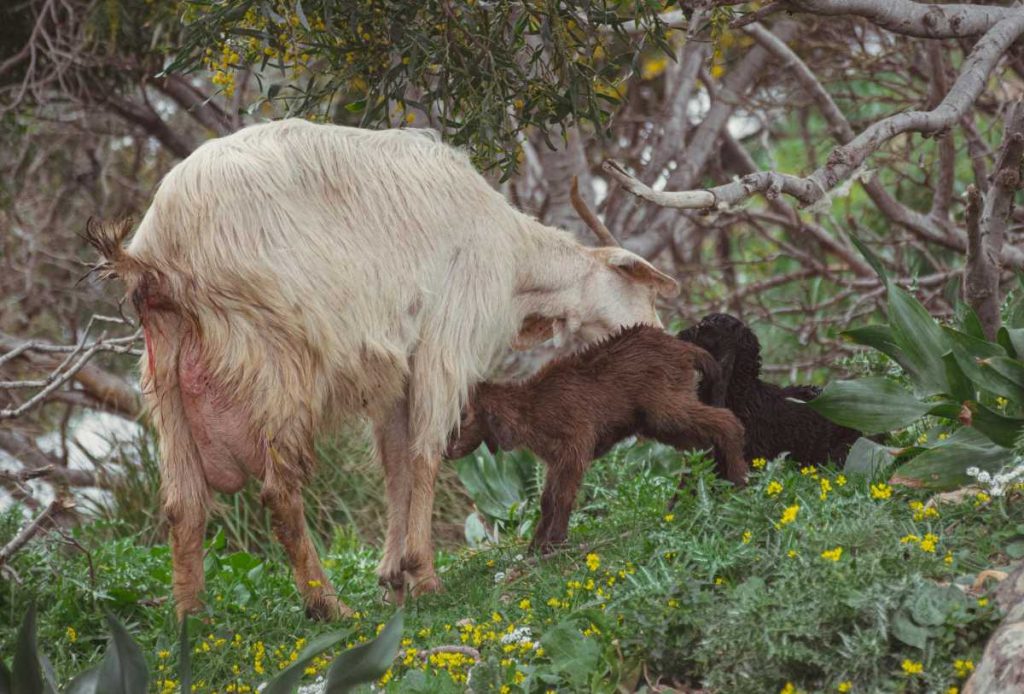
3. How to Plan a Goat Grazing Program for Habitat Restoration
Implementing a goat grazing program involves careful planning to maximize its benefits for habitat restoration. Key factors include choosing the right goats, determining the best time for grazing, and managing their movement across the land.
Steps to Implementing a Successful Program:
- Assess Your Land and Restoration Goals: Understand which plants need controlling and what restoration outcomes you’re aiming for. Identify the invasive species and native plants to establish targeted goals.
- Select the Right Goats: Goats vary in grazing habits; for instance, some breeds are better suited to browsing shrubs than grass. Boer and Kiko goats, for example, are often used for restoration projects due to their hardiness and efficiency in rough terrain.
- Plan Rotational Grazing: Use rotational grazing to ensure even vegetation coverage and avoid overgrazing, which can lead to soil degradation.
- Determine Grazing Duration: The amount of time goats need to spend in an area depends on the density of vegetation and the size of the herd. Start with shorter durations, monitor the impact, and adjust as needed.
Why It Helps:
Planning allows for controlled, effective restoration, ensuring that goats contribute positively to the ecosystem without overgrazing or damaging sensitive areas.
4. Case Studies: Successful Habitat Restoration Using Goats
Many organizations and local governments have turned to goat grazing for land restoration projects. These case studies illustrate the positive impact goats can have when used thoughtfully and strategically.
Case Study Examples:
- California Wildfire Prevention: In California, goats are deployed annually to reduce underbrush in fire-prone areas. By keeping dry vegetation low, goats help reduce the risk of wildfires, saving ecosystems and protecting nearby communities.
- Public Parks and Conservation Areas: Parks in urban areas like Seattle and Portland have used goats to clear invasive plants like blackberry and ivy. This approach has improved biodiversity in these green spaces by giving native plants a chance to grow.
- Restoring Prairie Ecosystems: In the Midwest, goats have been used to control invasive species on prairies, allowing native grasses and flowers to regenerate and providing better habitat for pollinators and other wildlife.
Why It Works:
These examples showcase how goat grazing, when managed effectively, provides a low-cost, eco-friendly solution that benefits both the land and the surrounding ecosystem.
5. Addressing Common Challenges in Goat Grazing for Restoration
While goats are an excellent tool for habitat restoration, there are challenges to consider, such as ensuring they don’t overgraze or target desirable plants. Effective management and understanding goats’ behavior can help you avoid these common pitfalls.
Challenges and Solutions:
- Preventing Overgrazing: Use rotational grazing to limit the amount of time goats spend in each area, ensuring they don’t deplete vegetation or disturb the soil excessively.
- Protecting Native Plants: Fencing off native plant areas or using temporary barriers can prevent goats from damaging desirable vegetation.
- Ensuring Goats’ Health: Provide adequate water, shelter, and supplemental feed if vegetation is scarce, as this ensures goats stay healthy and effective for the project.
Why It Helps:
Addressing these challenges allows for a more sustainable, effective approach to goat grazing, ensuring long-term success in habitat restoration.
6. Selecting the Right Goat Breeds for Different Restoration Needs
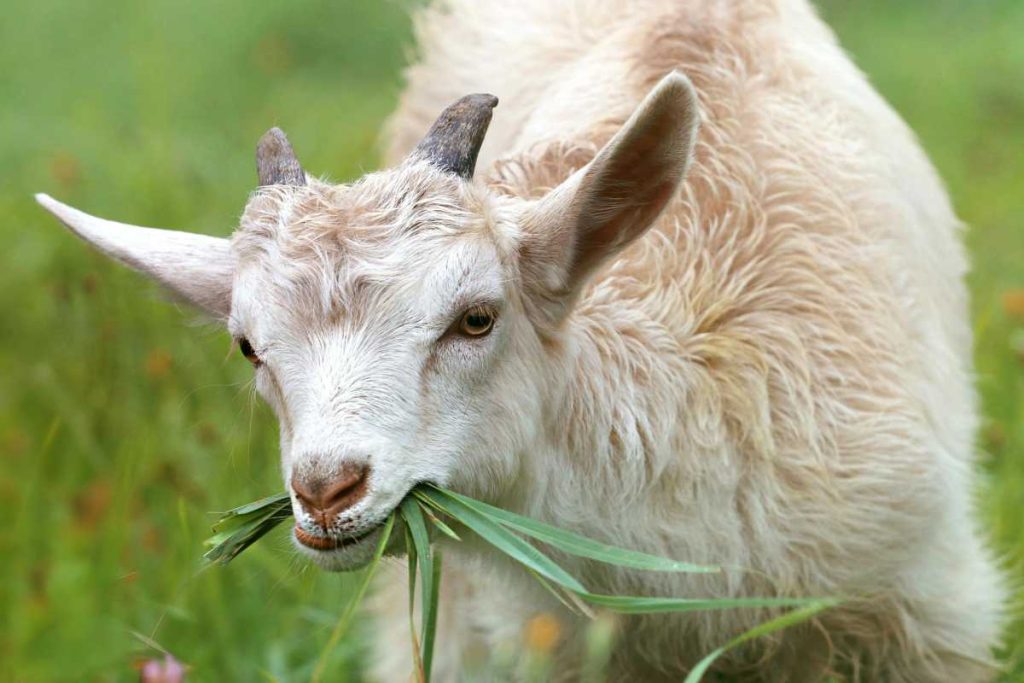
Different goat breeds offer varying grazing habits and physical resilience, making breed selection important for specific restoration goals. For example, Boer goats are known for their strength and ability to handle dense brush, while Pygmy goats are agile and better suited for light vegetation.
Top Breeds for Habitat Restoration:
- Boer Goats: Hardy, muscular goats ideal for dense, woody vegetation and rough terrain.
- Kiko Goats: Known for their resilience, Kiko goats perform well in harsh environments and require minimal maintenance.
- Nubian Goats: Friendly and adaptable, Nubians are great for lighter brush and less demanding terrains.
- Spanish Goats: These goats are tough and thrive in challenging conditions, making them excellent for clearing invasive species in diverse environments.
Why Breed Matters:
Choosing the right breed optimizes the efficiency of your goat grazing program and ensures you’re meeting specific habitat restoration goals.
7. Monitoring and Measuring the Impact of Goat Grazing on Restoration
Tracking the progress of goat grazing allows you to measure the program’s success and make adjustments as needed. Monitoring vegetation regrowth, soil quality, and biodiversity changes will help you assess the long-term effects of using goats for habitat restoration.
Key Metrics to Track:
- Vegetation Coverage: Regularly check the density and types of plants regrowing to ensure that invasive species are under control and native plants are returning.
- Soil Health: Monitor soil stability and composition to ensure that grazing is not leading to erosion or nutrient depletion.
- Wildlife Activity: Observe changes in wildlife presence, as healthy ecosystems should support a diverse array of species.
Why It Helps:
Monitoring ensures that your habitat restoration project is progressing as planned and that goats are benefiting, rather than harming, the ecosystem.
Conclusion
Using goats for habitat restoration is more than just an eco-friendly trend; it’s a practical, sustainable way to manage land and restore native ecosystems. Goats provide a low-impact, chemical-free method to control invasive plants, reduce fire risk, and enrich soil. With proper planning and management, they can become invaluable allies in efforts to protect and restore natural landscapes.
By choosing the right goats, planning their grazing patterns, and monitoring their impact, you can harness the power of these remarkable animals to create healthier, more resilient ecosystems. Whether you’re a land manager, conservationist, or small property owner, goats can play a vital role in restoring biodiversity and promoting environmental health. Embracing these natural grazers is a step toward a greener, more sustainable future.

